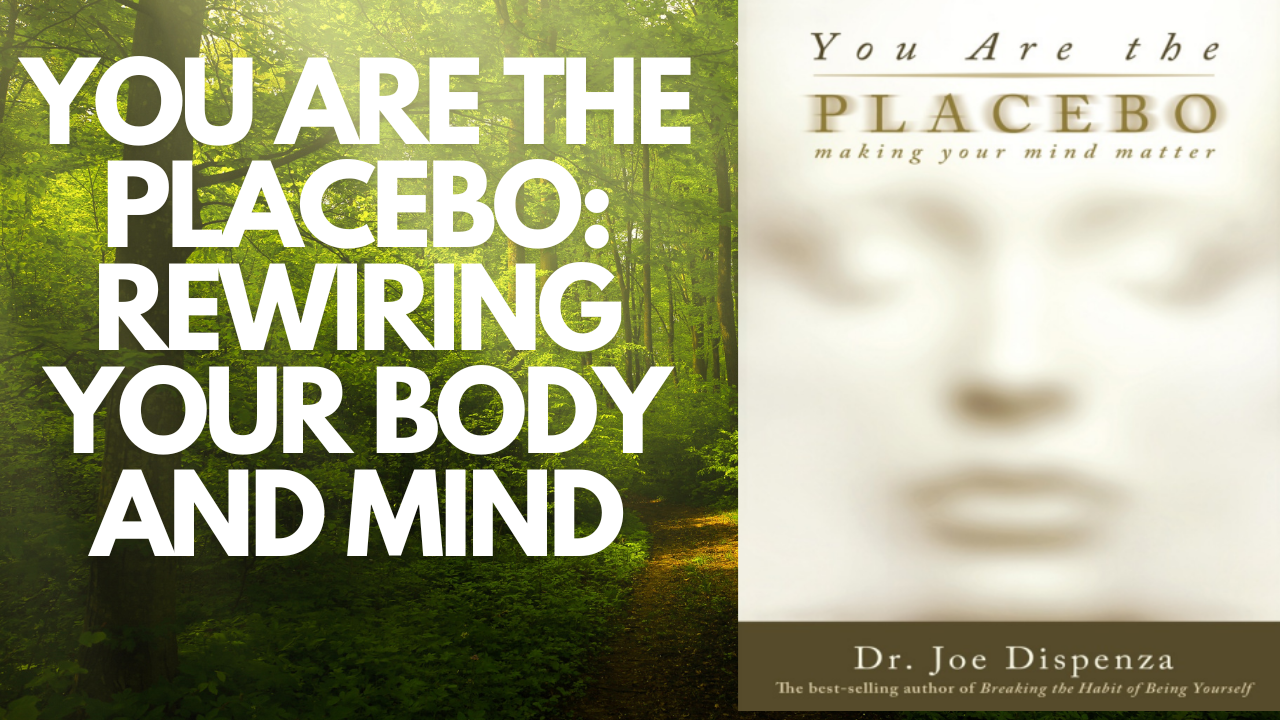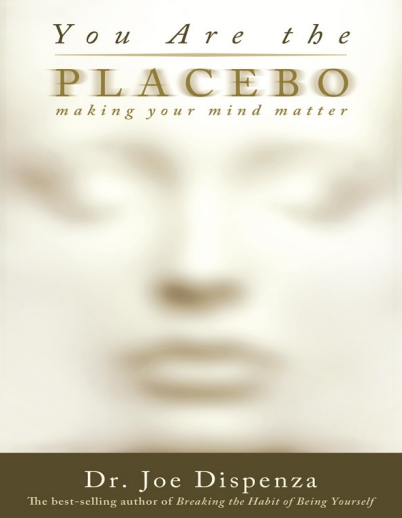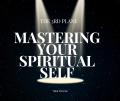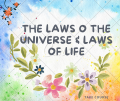
Dr. Joe Dispenza’s You Are the Placebo explores the power of the mind to heal the body, using scientific studies and anecdotal evidence to support the claim that belief and intention can significantly impact health outcomes. The book details the placebo effect, explaining how beliefs can create physiological changes, and provides a meditation program designed to harness this power. Numerous testimonials from workshop participants illustrate purported miraculous healings and transformations achieved through the techniques presented. The author integrates concepts from neuroscience, epigenetics, and quantum physics to explain the underlying mechanisms. Ultimately, the book advocates for taking control of one’s health and well-being through conscious thought and mindful practices.

1. What is the core idea behind “You Are the Placebo”?
The central concept is that the mind has a profound ability to influence the body, and that people can intentionally harness this power to create changes, including healing, without relying on external substances or interventions. You are not simply a victim of your biology; you are the active creator of your reality. The book explores how our thoughts and feelings directly impact our biology, going so far as to influence gene expression and create physical changes. The book posits that our beliefs and perceptions are not passive; they are actively shaping our physical reality.
2. How do our thoughts and emotions affect our genes and biology?
Our thoughts and emotions are not merely mental phenomena, but also powerful signals that influence our physical bodies at the cellular level. Through epigenetics, we now understand that our genes are not fixed blueprints but instead are affected by our internal and external environments. Each thought and feeling can be seen as an epigenetic engineer, directing the activity of genes. This influence is not limited to physical factors; beliefs, perceptions, and even imagined future events can trigger gene expression, leading to real physical changes in the body. By consciously choosing our thoughts and feelings, we can direct these epigenetic processes to promote healing and well-being.
3. What is the role of the “placebo effect” in the context of the book?
The “placebo effect” isn’t just about the sugar pill or saline injection; it’s about the ability of our minds to influence our bodies and initiate real, measurable, physiological changes. The book argues that we can be our own placebo by shifting our beliefs and expectations. Instead of investing our belief in external substances, we can turn inward and believe in the innate potential for healing and transformation. We can make the unknown known through this process, and it is the power of our own minds to heal the body.
4. How does the book define the relationship between mind and matter?
The book refutes the traditional dualistic view that mind and matter are separate entities. Instead, it proposes that our thoughts and feelings are the very blueprints that shape our physical reality. Mind and matter are interwoven, and our conscious and unconscious minds work together to manifest future realities that already exist as possibilities within the quantum field. We, in essence, are divine creators capable of influencing the appearance of those possibilities.
5. How does the book describe the process of mental rehearsal?
Mental rehearsal involves repeatedly imagining and rehearsing a desired future outcome. By visualizing specific future actions and experiences, and aligning a clear intention with an elevated emotion, we can begin to create real neurological and biological changes. The brain doesn’t distinguish between the real and the imagined. Mental rehearsal enables us to begin to live in our desired future, sending new signals to our genes, creating the neural networks, and training our bodies to adopt a new level of being.
6. What role does suggestibility play in achieving transformation?
Suggestibility refers to how open we are to accepting thoughts, suggestions, and commands. It is influenced by the activity of our analytical mind; a strong analytical mind can act as a filter, hindering the acceptance of new ideas, while less analysis can lead to greater suggestibility. By quieting the analytical mind, through practices like meditation, we can become more open to suggestion. This openness is critical in reprogramming the subconscious mind and creating the new level of being necessary for healing and transformation.
7. What is the purpose and method of the meditation practice detailed in the book?
The meditation practice described in the book consists of three parts, all designed to quiet the analytical mind and access the subconscious. The first part involves becoming aware of the space within and around the body, helping the meditator disconnect from their senses. The second part focuses on disconnecting from the body, environment, and time to enter the present moment, where infinite possibilities exist. The third part involves identifying beliefs and perceptions, making a decision to change them, and choosing new beliefs with an elevated emotional state in order to alter one’s biology. The practice aims to create the conditions for rewiring the brain and body to express new realities.
8. How can we overcome the limitations of our past and create a new future?
According to the book, our past doesn’t need to define our future. By recognizing that we’ve conditioned ourselves to specific ways of being, we can begin to change. This starts with intentionally disrupting old patterns of thinking, feeling, and acting that create our automatic responses. Through mental rehearsal, combined with meditation practices that allow us to reprogram the subconscious, and by embracing new beliefs and emotions, we can create new neurological pathways, rewrite our biology, and become the placebo to create a future we consciously choose. The book emphasizes that we possess the keys to break free from the limitations of our genetic expression and create a more fulfilling and healthier existence
You Are The Placebo: A Study Guide
Quiz
Instructions: Answer the following questions in 2-3 sentences each.
- According to the text, what is the relationship between mind and matter?
- How does the author define “mind” in relation to the brain?
- Explain how conditioning, as demonstrated by Pavlov’s dogs, plays a role in the placebo effect.
- What is neuroplasticity and how does it relate to personal change?
- How does the author describe the function of the frontal lobe in creating a new state of mind?
- What is epigenetics, and how does it challenge traditional views of genetic determinism?
- What is the role of the analytical mind and how is it related to suggestibility?
- Describe the different brainwave states and how they relate to consciousness.
- According to the author, how can we use mental rehearsal to change our future?
- How does the author characterize the role of gratitude in the context of creating new realities?
Quiz Answer Key
- The text posits that mind and matter are not separate but intertwined, and that our conscious and unconscious thoughts are the blueprints that shape our destiny. It suggests that our thoughts and feelings have a direct impact on our physical reality.
- The author defines mind as the brain in action. The brain is the physical organ, while the mind is the expression of the brain’s activity through our thoughts, feelings, and actions.
- Conditioning shows how the body can learn to respond to a new stimulus, such as a bell, with a physiological response associated with a previous stimulus, such as food. This applies to the placebo effect, where the body reacts to the expectation of a treatment, even if it’s inert.
- Neuroplasticity is the brain’s ability to reorganize itself by forming new neural connections when we learn new things. This allows us to change our thoughts, behaviors, and ultimately our identity by establishing new neural patterns.
- The frontal lobe acts as the CEO of the brain, selecting and wiring together different networks of neurons to create a new state of mind. It reduces sensory input from the external world and allows for intense focus on the internal experience.
- Epigenetics refers to the control of gene expression, indicating that our genes are not a fixed blueprint. Our thoughts, perceptions, and experiences can influence which genes are activated or suppressed, influencing health and well-being.
- The analytical mind is the conscious, critical thinking aspect of our mind, which analyzes, questions, and reasons based on past experiences. The more active the analytical mind, the less suggestible we tend to be.
- The brainwave states range from delta (deep sleep) to gamma (heightened consciousness), with each state having a distinct frequency. Slower brainwave states like theta and alpha are associated with the inner world and subconscious mind.
- By mentally rehearsing new choices, behaviors, and experiences repeatedly, we can create new neural networks that make our brain look as if the experience has already occurred. This process can initiate epigenetic changes, altering physical and functional aspects of the body.
- The author suggests that gratitude is the ultimate state of receivership. By feeling grateful for a new life before it has manifested, one begins to experience that future in the present moment, signaling new genes to be activated.
Essay Questions
Instructions: Choose one of the following questions and write a well-organized essay response.
- Discuss the concept of “being the placebo.” How does the author argue that individuals have the power to influence their health and well-being, and what are the key elements of this process?
- Explain the interplay between the conscious and unconscious mind in shaping our reality. How do habits, conditioning, and beliefs impact our ability to bring about lasting change?
- Analyze the role of meditation, as described in the text, in fostering personal transformation. How does it enable individuals to move beyond the limitations of their past and embrace new possibilities?
- Compare and contrast the classical Newtonian model of the universe with the quantum model in relation to personal potential. How do these different perspectives influence our understanding of mind and matter?
- Critically assess the importance of the mind-body connection based on the source material. How do our thoughts, emotions, and beliefs contribute to the physical state of our bodies and the overall quality of our lives?
Glossary of Key Terms
- Analytical Mind: The conscious part of the mind that thinks, observes, and remembers; it analyzes, compares, and judges.
- Conditioning: The process of associating one stimulus with another, leading to a learned response.
- DNA (Deoxyribonucleic Acid): The genetic material that contains the instructions for making proteins, stored in the nucleus of living cells.
- Epigenetics: The study of heritable changes in gene expression that do not involve changes to the underlying DNA sequence.
- Frontal Lobe: The area of the brain located in the front of the head. The frontal lobe is responsible for higher cognitive functions, such as planning, decision-making, and working memory. It also plays a critical role in shaping our identity.
- Mental Rehearsal: The act of repeatedly imagining performing an action or reviewing a future outcome.
- Mind: In this context, the brain in action, encompassing thoughts, feelings, and consciousness.
- Neurocircuitry: The complex network of neurons in the brain that communicate with each other.
- Neuroplasticity: The brain’s ability to reorganize itself by forming new neural connections throughout life.
- Neural Network (or Neural Net): A group of interconnected neurons that work together to process information.
- Placebo Effect: A beneficial effect produced by a placebo drug or treatment, which cannot be attributed to the treatment itself and must, therefore, be due to the patient’s belief in that treatment.
- Quantum Field: A field of potential reality, where all possibilities exist simultaneously.
- Suggestibility: The degree to which a person is susceptible to the influence of thoughts, suggestions, or commands.
- Unconscious Mind: The part of the mind that operates outside of conscious awareness and often influences thoughts and behaviors.






















0 responses on "You Are the Placebo: Rewiring Your Body and Mind"